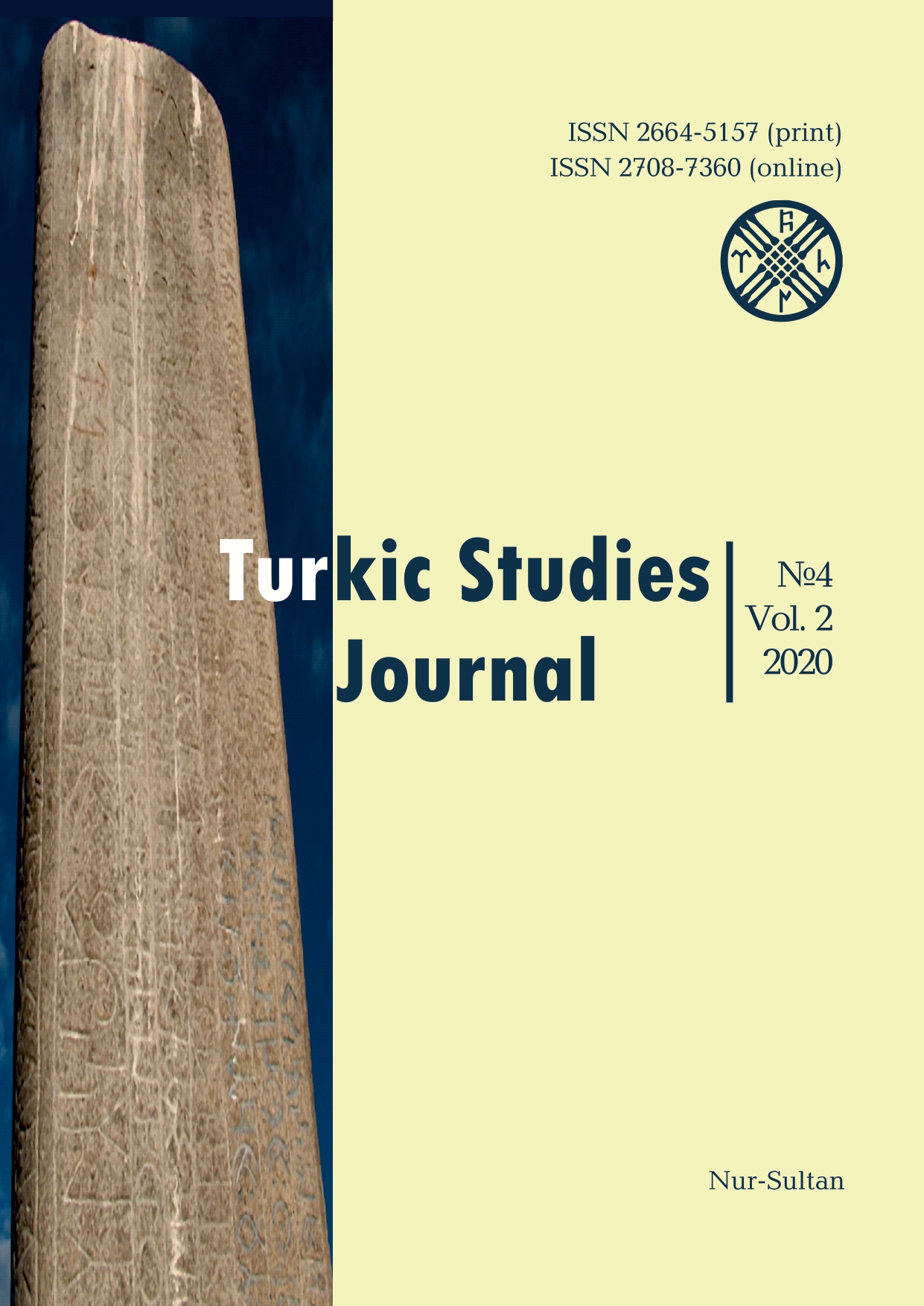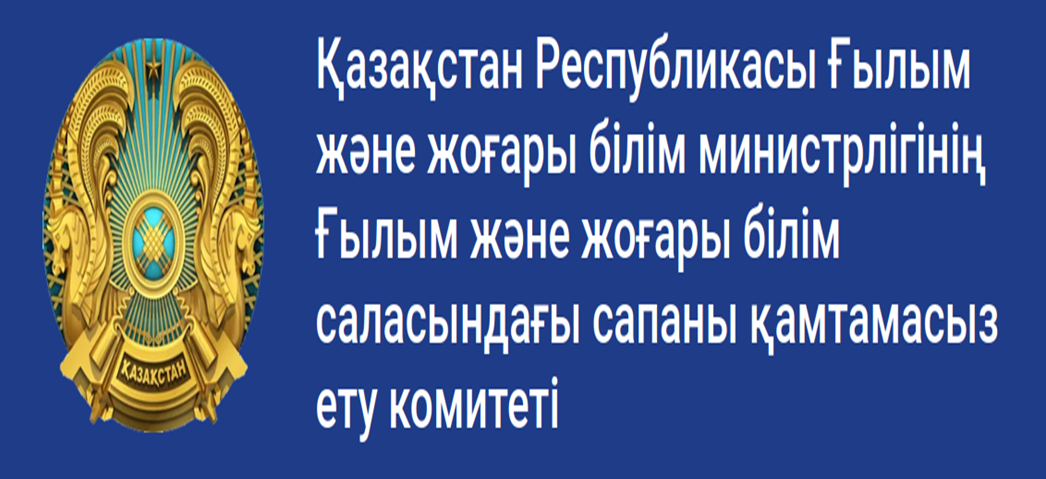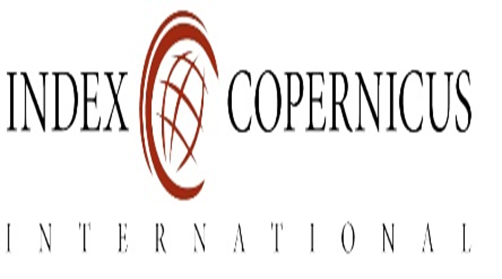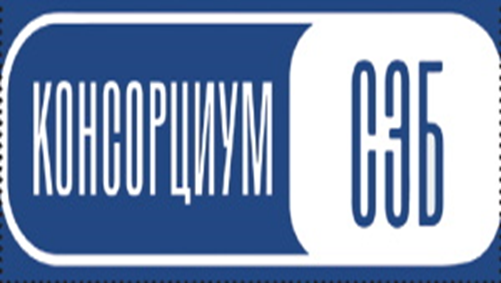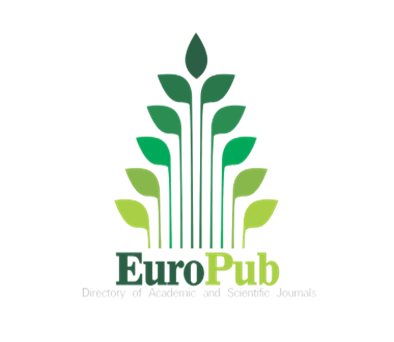Seven-generation exogamous structure of «Zhetiata» as a community-society* (to the problem of the coincidence of clan and community among Kazakh nomads)
Views: 310 / PDF downloads: 265
DOI:
https://doi.org/10.32523/2664-5157-2020-2-4-7-26Keywords:
nomadic community, family-generation exogamous structure - «zhetiata», «birata», patronomy, social relations, tribal territory, logic, structure, organizational form, functionAbstract
The ethnically characteristic organizational form of communal relations among Kazakh nomads was a clan
(ru) - the so-called seven-generation exogamous structure “zhetiata”, which united a group of blood relatives within seven
generations on the paternal line and synthesized practically all types and levels of social relations in a nomadic environment.
Its known demographic limitation in time and space and territorial localization, as well as delimitation from such structures,
was ensured by the exogamous barrier of family and marriage relations. Such localization, as well as the relative autonomous
mode of functioning of this structure, received a powerful ideological and historiographic substantiation in the geneological
tradition - «shezhire» and are conditioned by socio-economic, natural-ecological and institutional factors.

